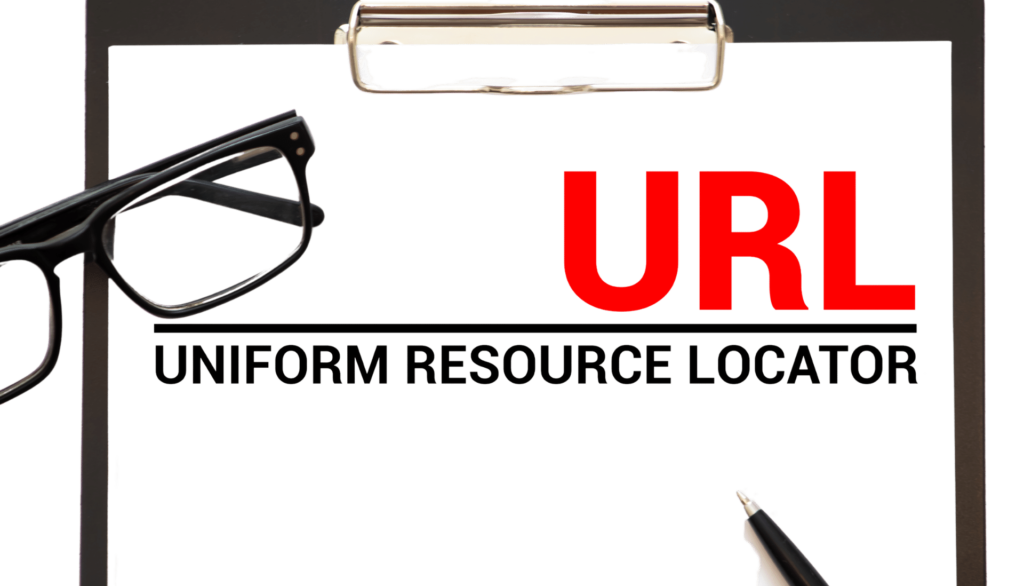URL Basics: What's in a URL?
URL stands for ‘Uniform Resource Locator.’ It’s essentially the address you type into a web browser to visit a specific webpage.
The concept of the URL was developed by Tim Berners-Lee, the inventor of the World Wide Web, in the early 1990s. Before URLs, accessing online information was a more complex process.
The introduction of the URL simplified the way we navigate the web. It provided a straightforward method to locate and access digital resources. As we delve deeper, we’ll explore the different types of URLs and their significance.
- Scheme: It’s the start of the URL, like HTTPS. It tells us about the web server’s protocol.
- Subdomain: It’s a section of your website. For example, “blog” in blog.example.com.
- Second-level Domain: It’s the website’s name, like “google” in www.google.com.
- Top-level Domain: It’s the end part of the domain name, like .com or .org.
- Subdirectory: It’s a specific section of the website, like “shoes” in shop.example.com/shoes.
- Path, Query, and Fragment: Extra bits that can point to specific parts of a webpage.
URL Do's: Making URLs Work for You
- Keep it Short and Clear: For example, example.com/summer-sale is better than example.com/index.php?id=123.
- Words Over Numbers: Use words, not just numbers. So, example.com/summer-clothing is better than example.com/index.php?id_sezione=360.
- Hyphens are Your Friend: Use hyphens (-) to separate words, not underscores (_).
- Stick to Simple Characters: Avoid using characters that aren’t commonly used in English.
URL Don'ts: Mistakes to Avoid
- Avoid Long URLs: Keep them short and to the point.
- Stay Away from Confusing Parameters: Like example.com/index.php?id_sezione=360&sid=3a5ebc944f41daa6f849f730f1.
- Be Consistent: Use the same style and case for all URLs.
Why Does URL Structure Matter?
A good URL is a cornerstone of a successful website. For those new to the world of web design and SEO, a URL is the web address you type into your browser to visit a particular site or page. And just like a physical address, a clear and concise URL ensures that both users and search engines can find your content without any confusion.
Think of a well-structured URL as a good signpost. It points users and search engines in the right direction, ensuring they find exactly what they’re looking for. For a deeper understanding, you might want to check out Google’s Tips on URL Structure. This guide offers valuable insights into crafting URLs that are both user-friendly and search engine optimized.
Furthermore, a well-structured URL is an integral part of on-page search engine optimization. This is the practice of optimizing individual web pages to rank higher and earn more relevant traffic in search engines. It’s like ensuring each room in your house is tidy and easily accessible, rather than just focusing on the exterior.
If you’re looking to dive deeper into the world of SEO or need professional assistance, consider reaching out to an SEO expert company. They can provide tailored strategies and advice to boost your website’s visibility and performance.




